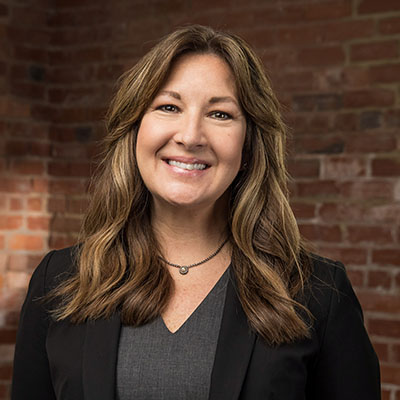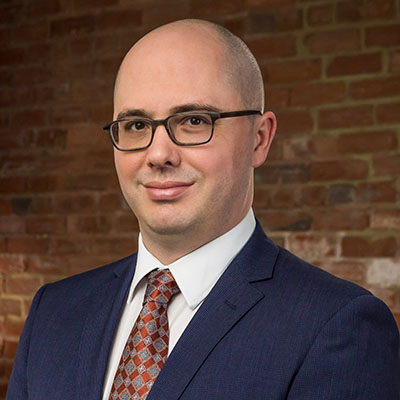Often people don’t understand exactly what their car insurance covers until they are involved in an accident. Many people believe because they have “full coverage” they are protected when they get an accident. It is important to understand the different kinds of coverage a standard automobile liability policy in Virginia contains and how each of these coverages works.
¿Qué es un seguro de coche de “cobertura total”?
What does “full coverage” mean? Typically, when an insurance agent or company says a policy contains “full coverage” it means the policy provides both liability and collision coverage. In other words, if you are involved in an accident that is your own fault, your insurance will pay for the damages to your vehicle as well and any damages you cause to someone else. In the alternative, if you have only liability coverage and you are involved in an accident that is your fault; your insurance company will not pay for any damage to your own vehicle. “Full coverage” does not include other types of coverage such as medical expense coverage or coverage for rental or towing expenses.
Cuando ocurre un accidente, a veces las compañías de seguros involucradas pueden tardar días, semanas o incluso más en determinar qué compañía de seguros es responsable de los daños causados por el accidente. Esto puede ser cierto incluso cuando un conductor recibió una multa y el otro no. Durante este período, cuando las compañías de seguros están investigando el accidente, es posible que necesite un automóvil de alquiler para ir al trabajo oa las citas médicas, o puede que desee continuar y reparar su automóvil. No podrá hacer ninguna de estas cosas si no tiene cobertura en su propia póliza para estos artículos a menos y hasta que la compañía de seguros del otro conductor acepte la responsabilidad.
Cobertura de motorista: sin seguro o con seguro insuficiente
Another common misconception some people have about car insurance policies involves uninsured and underinsured motorist coverage. Many people do not know that if they are involved in an accident caused by someone with no insurance or without adequate insurance, what will be covered depends on the type and amount of insurance coverage on their own policy, specifically, their uninsured or underinsured motorist coverage. In addition to liability coverage, all standard automobile insurance policies contain uninsured and underinsured coverage. Most of the time, the amount of your uninsured and/or underinsured coverage is the same as the amount of your liability limits. What this means is that if your policy has liability limits of $25,000/$50,000, your insurance company will be responsible for paying damages caused by you if an accident is your fault up to the amounts of $25,000 for an individual or damages of $50,000 for the entire accident. Likewise, if you are involved in an accident that is not your fault and the other driver who is at fault does not have any insurance, your own insurance company will pay damages up to $25,000 per individual and up to $50,000 for the entire accident.
Límites de responsabilidad para el seguro de automóvil
Puede elegir tener límites de responsabilidad superiores a $25,000/$50,000, como $50,000/100,000, $100,000/$300,000 o más. Al comprar estos límites más altos, no solo se protege en caso de que cause un accidente con daños a otra persona que excedan $25,000 para un individuo o $50,000 en total, sino que también se protege a sí mismo y a cualquier otra persona que viaje en su automóvil si usted tiene un accidente que es culpa de otra persona y esa persona no tiene seguro o solo tiene límites de $25,000/$50,000. Cuando elige límites de responsabilidad más altos, sus límites para personas sin seguro y con seguro insuficiente también serán más altos, a menos que solicite y reconozca específicamente que desea que sus límites para personas sin seguro y con seguro insuficiente sean más bajos.
Sobre el Autor: Bridget Long is an experienced trial attorney focusing her practice on personal injury law at Allen & Allen in Petersburg, Virginia. She has handled cases involving car accidents, catastrophic injuries and wrongful death and has litigated cases throughout Virginia on behalf of clients injured due to the negligence of others. She is an active member of the Virginia Trial Lawyers Association and has been named a “Super Lawyer” in Virginia Super Lawyers Magazine for the past seven years. Bridget is passionate about defending the rights of the injured.




